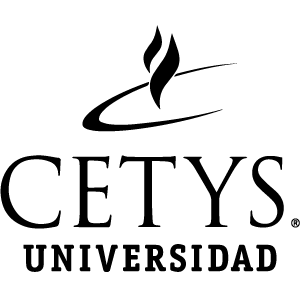https://repositorio.cetys.mx/handle/60000/1566| Campo DC | Valor | Lengua/Idioma |
|---|---|---|
| dc.contributor.author | López-Leyva, Josué Aarón | - |
| dc.contributor.author | Murillo-Aviña, Gloria Janeth | - |
| dc.contributor.author | Mellink-Méndez, Sialia Karina | - |
| dc.contributor.author | Ramos-García, Víctor Manuel | - |
| dc.date.accessioned | 2023-03-08T17:17:10Z | - |
| dc.date.available | 2023-03-08T17:17:10Z | - |
| dc.date.issued | 2023-03-06 | - |
| dc.identifier.uri | https://repositorio.cetys.mx/handle/60000/1566 | - |
| dc.description.abstract | The deficient water and energy management for manufacturing products negatively affect the environment, hence a customized and integrated management system is critical as part of the business sustainable development framework. In this work, the experimental results related to the CO2 emission factor of a manufacturing company are presented through the application of an energy- and water-integrated management system based on the ISO 50001 and ISO 46001 standards as part of the global supporting trend to the transition to a low-carbon economy. Regarding the methodology, the deming cycle and the high-level structure characteristic of the aforementioned standards were used to establish concurrent organizational and technological actions to achieve the efficiency objectives. In particular, data curation, analysis, and translation were used as arguments for countermeasures to improve energy and water efficiency. As a result, energy and water use reduction was achieved, ≈ 12.66% and ≈ 15.23%, respectively, implying that the CO2 emission factor by manufacturing items during 2021 decreased by ≈ 19.88% compared with 2020. In addition, relevant findings, challenges, and opportunities were also determined that can serve as recommendations to improve the overall CO2 emission factor through the use of various renewable energy systems, actions related to bioclimatic architecture, and optimization methods for the energy-water nexus. The aforementioned has important managerial implications based on the Deming cycle which are mentioned in the conclusion section, such as the more detailed analysis of the technological and organizational options and methods that allow for improving efficiency for later years. RESUMEN La deficiente gestión del agua y la energía para la fabricación de productos afecta negativamente al medio ambiente, por lo que un sistema de gestión personalizado e integrado es fundamental como parte del marco de desarrollo sostenible empresarial. En este trabajo se presentan los resultados experimentales relacionados con el factor de emisión de CO2 de una empresa manufacturera mediante la aplicación de un sistema de gestión integrado de energía y agua basado en las normas ISO 50001 e ISO 46001 como parte de la tendencia mundial de apoyo a la transición hacia una economía baja en carbono. En cuanto a la metodología, se utilizó el ciclo deming y la estructura de alto nivel característica de los estándares antes mencionados para establecer acciones organizacionales y tecnológicas concurrentes para alcanzar los objetivos de eficiencia. En particular, la curación, el análisis y la traducción de datos se utilizaron como argumentos para las contramedidas para mejorar la eficiencia energética y del agua. Como resultado, se logró una reducción del uso de energía y agua, ≈ 12,66% y ≈ 15,23%, respectivamente, lo que implica que el factor de emisión de CO2 por artículos de fabricación durante 2021 disminuyó ≈ 19,88% en comparación con 2020. Además, los hallazgos relevantes, desafíos, y también se determinaron oportunidades que pueden servir como recomendaciones para mejorar el factor de emisión global de CO2 mediante el uso de diversos sistemas de energías renovables, acciones relacionadas con la arquitectura bioclimática y métodos de optimización del nexo energía-agua. Lo anterior tiene importantes implicaciones gerenciales basadas en el ciclo de Deming que se mencionan en la sección de conclusiones, como el análisis más detallado de las opciones y métodos tecnológicos y organizacionales que permitan mejorar la eficiencia para años posteriores. | es_ES |
| dc.language.iso | en_US | es_ES |
| dc.publisher | Springer | es_ES |
| dc.rights | Atribución-NoComercial-CompartirIgual 2.5 México | * |
| dc.rights.uri | http://creativecommons.org/licenses/by-nc-sa/2.5/mx/ | * |
| dc.subject | Environment | es_ES |
| dc.subject | Manufacturing | es_ES |
| dc.subject | Case study | es_ES |
| dc.title | Energy- and water-integrated management system to promote the low-carbon manufacturing industry: an interdisciplinary Mexican case study | es_ES |
| dc.title.alternative | Environment, Development and Sustainability | es_ES |
| dc.type | Article | es_ES |
| dc.description.url | https://link.springer.com/article/10.1007/s10668-023-03084-5 | es_ES |
| dc.identifier.indexacion | Scopus | - |
| dc.subject.sede | Campus Ensenada | es_ES |
| Aparece en las colecciones: | Artículos de Revistas | |
Este ítem está protegido por copyright original |
Este ítem está sujeto a una licencia Creative Commons Licencia Creative Commons


